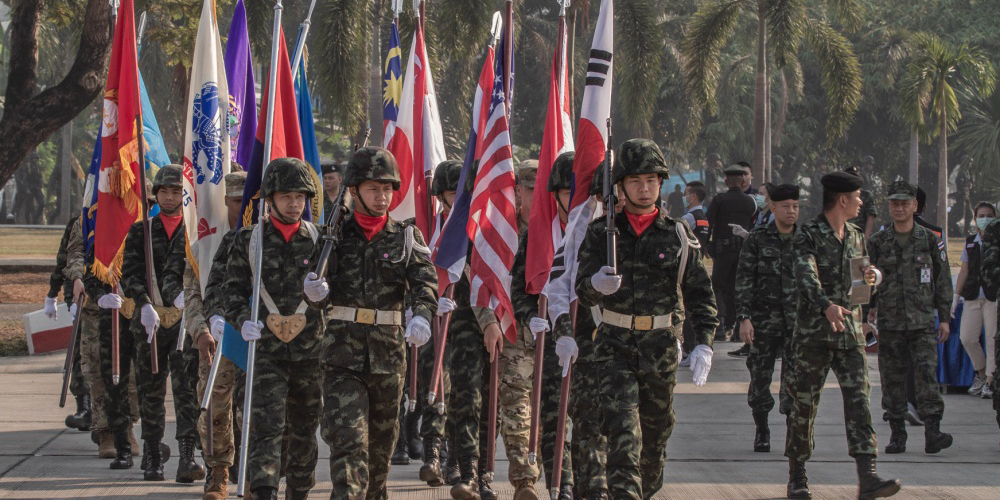 Bild: Lawrence Broadnax/DVIDS
Bild: Lawrence Broadnax/DVIDS
Dieser Blogbeitrag gehört zur Coronavirus-Blog-Reihe des CSS, die einen Teil des Forschungsprojektes zu den sicherheitspolitischen Implikationen der Corona-Krise bildet. Weitere Informationen finden Sie auf der CSS-Sonderthemenseite zur Corona-Krise.
Südostasien ist ein Brennpunkt in der strategischen Rivalität zwischen China und den USA. Was sich auf globaler Ebene abzuzeichnen beginnt, ist in dieser Weltregion bereits Realität: In einem wachsenden Konflikt konkurrieren China und die USA mit wirtschaftlichen, diplomatischen und teils militärischen Mitteln um Einflussnahme und versuchen die Machtbalance zu ihren Gunsten zu verändern. Dabei fördern sie kollidierende politische Initiativen und Ordnungsvorstellungen. Auch die Möglichkeit einer militärischen Auseinandersetzung rund um die Krisenherde im Südchinesischen Meer scheinen beide Seiten zunehmend in Kauf zu nehmen. In Südostasien verstärkt die Corona-Krise geopolitische Machtverschiebungen und politische (Neu-)Ausrichtungen.




